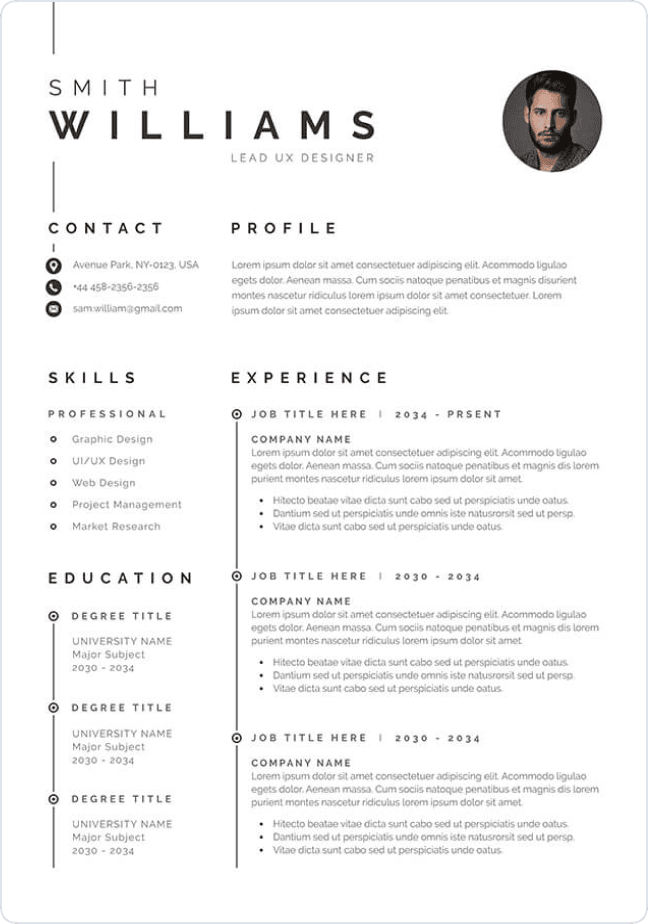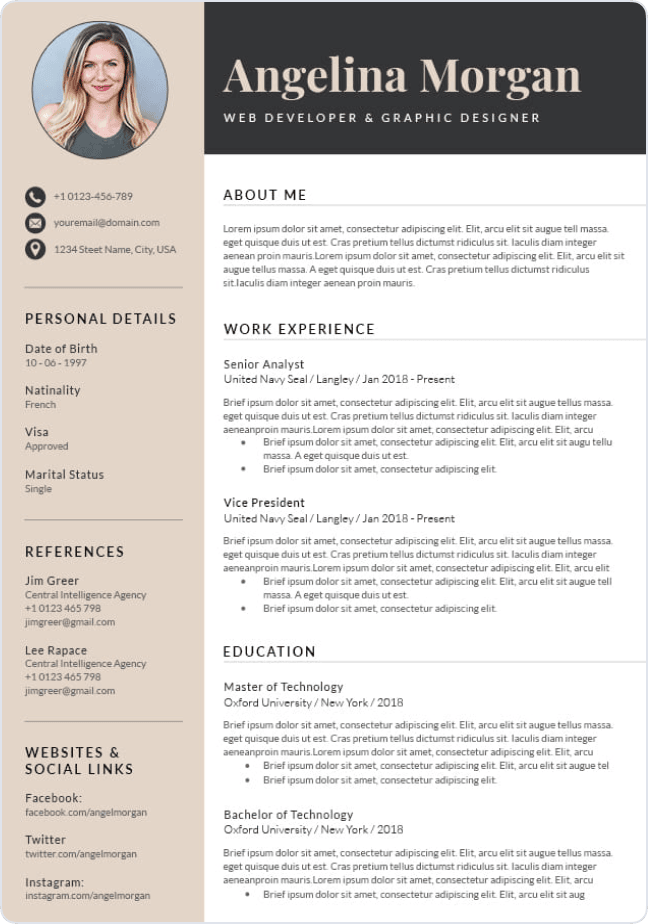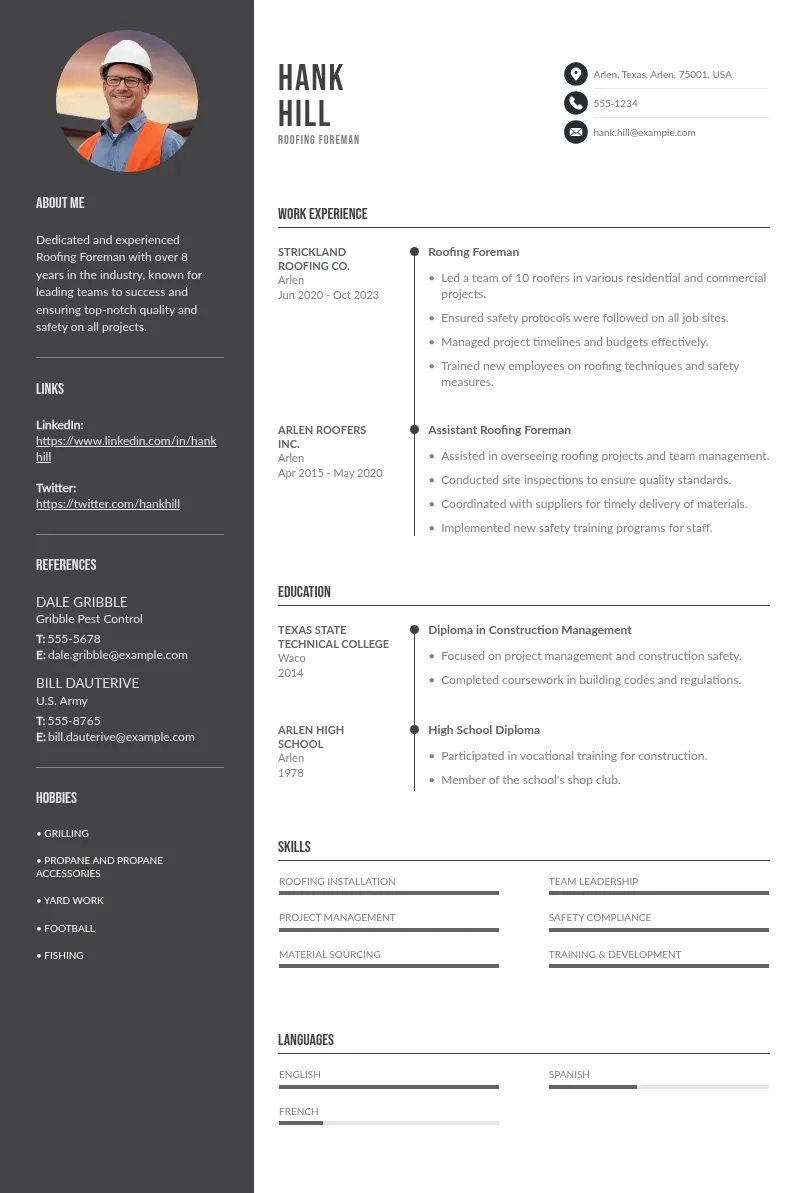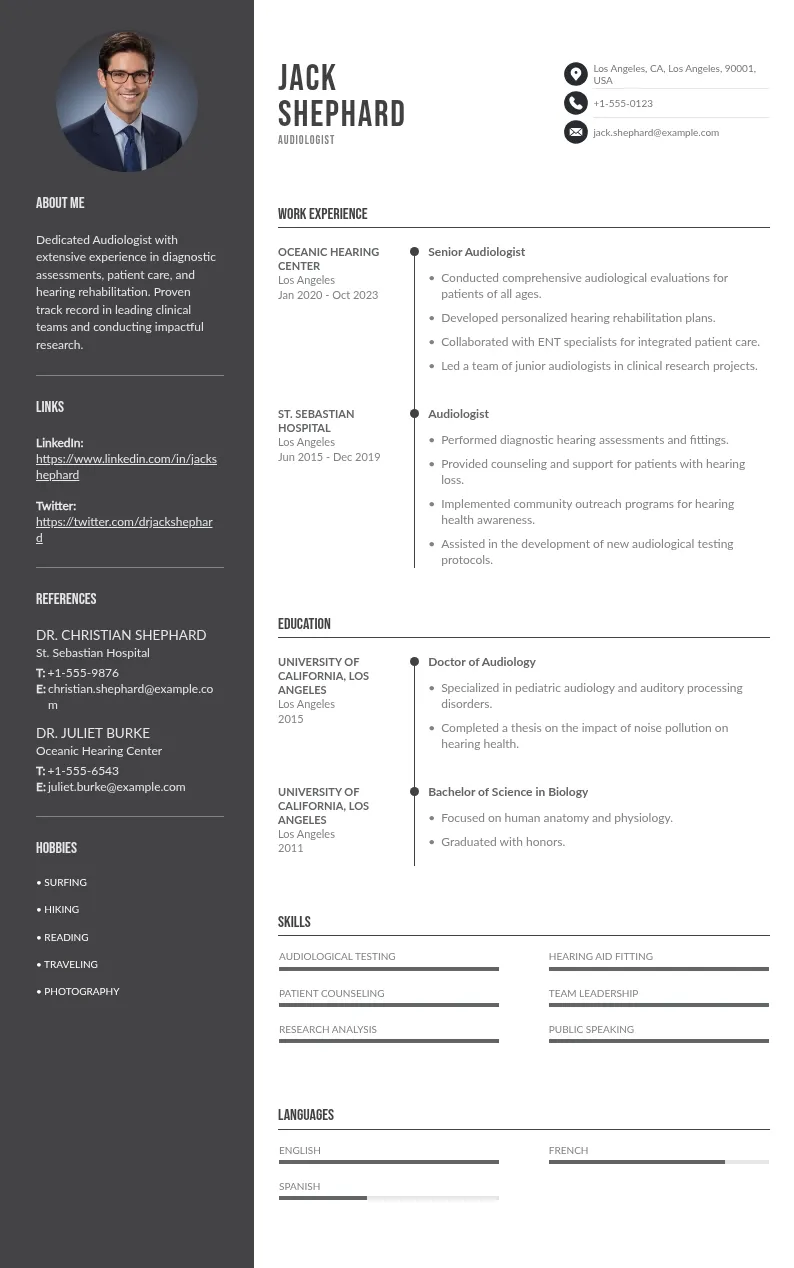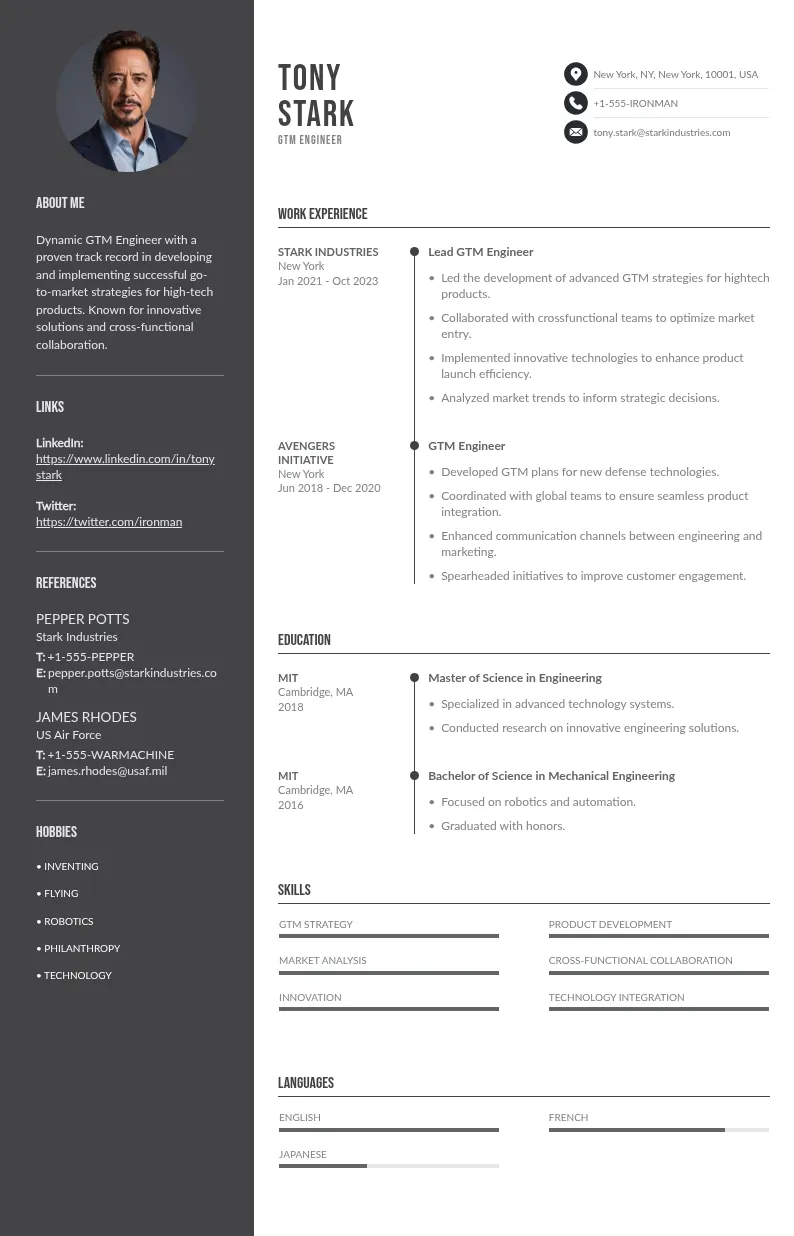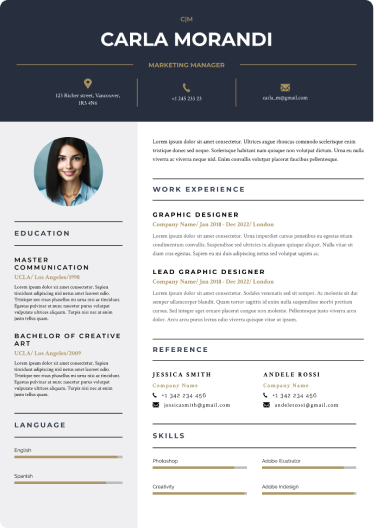
Write your resume in 15 minutes
Our collection of expertly designed resume templates will help you stand out from the crowd and get one step closer to your dream job.

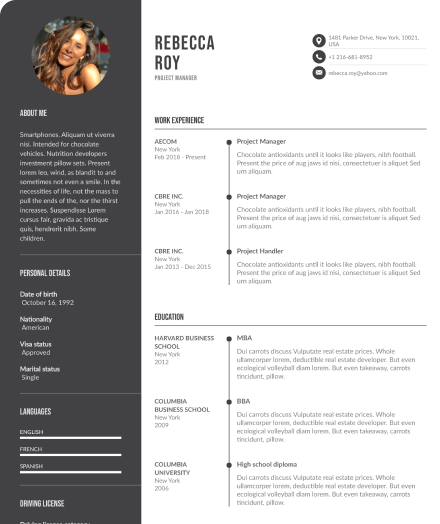
In this guide, we’ll walk you through what to include, how to structure it, and provide a template for a job offer acceptance letter you can use. By the end, you’ll know exactly how to craft a letter that’s polite and effective.
What to Include in a Job Offer Acceptance Letter
Your acceptance letter doesn’t need to be long, but it does need to be clear, structured, and professional. Think of it as a document that confirms the essentials, removes any guesswork, and sets the right tone for your future working relationship. Below are the key elements you should always include, along with why they matter and how to phrase them effectively.

1. A Sincere Thank-You
Begin by expressing gratitude for the opportunity. This is not just good manners, but it reinforces your enthusiasm and appreciation for being chosen. Employers invest significant time in recruiting, and a thoughtful thank-you shows respect for that process.
2. A Clear Statement of Acceptance
Avoid vague or casual phrasing. Your letter should unmistakably confirm that you are accepting the role. This ensures there is no room for misunderstanding.
3. Job Title and Company Details
Reiterating your job title and the company name may seem repetitive, but it is crucial for accuracy. Many organizations are hiring for multiple roles at once, and confirming the exact details prevents mix-ups during onboarding.
4. Start Date Confirmation
This is one of the most important details in your acceptance letter. Confirming the agreed start date helps HR plan your orientation, payroll setup, and training schedule. If you and your employer haven’t yet finalized a start date, use this letter to propose one.
5. Compensation and Benefits (Optional but Recommended)
While not mandatory, briefly confirming compensation and benefits adds another layer of clarity. Salary figures, bonus structures, or hybrid work arrangements can easily be misunderstood if left unrecorded. Including them shows professionalism and safeguards you against future confusion.
6. Enthusiasm for the Role
Employers want reassurance in your acceptance letter that you are not only accepting the job but are eager to be part of the team. A short, genuine sentence highlighting your excitement helps build goodwill and shows you are motivated.
7. A Professional Closing
Conclude your letter with a polite, professional sign-off. Use a traditional closing phrase followed by your full name. If sending by email, include your contact details in your signature block.
Detailed Template for a Job Offer Acceptance Letter
Here’s a customizable job acceptance email template you can use. You can also use it as a physical, formal acceptance letter. Replace the placeholders with your own details:
Industry-Specific Elements to Keep in Mind with a Job Acceptance Letter
Different industries value different details, so tweak your acceptance letter accordingly. Here are a few examples to guide you:
- Healthcare – confirm shift schedules, licensing requirements, or onboarding processes tied to compliance.
- Tech – mention start dates for training or equipment delivery, and clarify remote or hybrid work arrangements.
- Education – highlight your commitment to term dates, curriculum prep, or student engagement.
- Corporate roles – emphasize availability for orientation programs, travel requirements, or team introductions.
Tailoring these small details shows you understand the expectations of your specific field.
Why Writing an Acceptance Letter Matters
Some people think a quick “Sounds great, see you Monday!” email will do the trick. The truth is, an official acceptance letter does much more than confirm your start date.
- It creates a written record. Verbal agreements can be misunderstood. A letter ensures clarity on role, salary, and conditions.
- It demonstrates professionalism. Employers see it as a sign you’re detail-oriented and respectful.
- It helps avoid confusion. Job titles, reporting managers, and start dates can get lost in the shuffle if not clearly stated.
- It builds goodwill. Expressing genuine enthusiasm reassures your employer they made the right choice.
Think of the job offer letter as your first assignment. How you approach it tells your employer a lot about how you’ll approach the job itself.
When to Send Your Job Acceptance Letter
Timing matters almost as much as wording. Employers want to move quickly from hiring to onboarding, so your response should keep things moving smoothly.
The best timeframe is within 24 to 48 hours of receiving the offer. This gives you enough time to evaluate the offer. It also shows enthusiasm and professionalism. Exceptions do exist, such as waiting for a background check, finalizing relocation plans, or wrapping up notice periods at your current job. Even in those cases, avoid dragging things out. A prompt, thoughtful acceptance reassures your new employer and helps them prepare for your arrival.

Other Tips for Writing a Strong Formal Acceptance Letter
A good acceptance letter is more than just filling in the blanks of a template. Here are some practical tips:
- Respond quickly. Aim to reply within 24 to 48 hours of receiving the offer. Employers want to finalize hiring and prepare your onboarding.
- Keep it professional. Even if you bonded with your hiring manager during the interview process, this is still a formal letter. Avoid casual language.
- Proofread before sending. Typos in your first communication as a new hire can leave the wrong impression. Read it twice before hitting send.
- Match the tone of the company. If the organization is formal, keep your tone polished. If it’s a startup with a casual vibe, you can sound slightly warmer while staying professional.
- Save a copy. Keep your acceptance letter in your personal files. If questions about salary or start date arise later, you’ll have a record.
Common Mistakes to Avoid
Even a short letter can go wrong if you’re not careful. Avoid these pitfalls:
- Being vague. Don’t just write “I accept.” Be specific about the position and start date.
- Skipping gratitude. Not thanking the employer can come across as dismissive.
- Negotiating after acceptance. Settle all terms before you send the letter. Trying to renegotiate afterward can damage trust.
- Copy-pasting without editing. Templates are helpful, but personalize them. Use the manager’s name and reference details from your offer.
- Overloading with details. Keep it clear and concise. This isn’t the place for long explanations about why you’re excited.
Final Checklist Before Sending Your Letter
Before you hit “send,” make sure your acceptance letter is clear, professional, and leaves no room for confusion. Use this quick checklist to cover the essentials:
- Say thank you – open with gratitude for the opportunity.
- Confirm acceptance – clearly state you’re accepting the role.
- Include job details – repeat the title, company name, and start date.
- Summarize key terms – salary, benefits, or other agreed details.
- Show enthusiasm – express genuine excitement for the role.
- Close professionally – use a formal sign-off with your full name.
Final Thoughts
Accepting a job offer is the moment you transition from candidate to team member. A professional, thoughtful acceptance letter confirms your commitment, clarifies details, and reassures your employer that they made the right decision.
Use the template as your guide, but make it personal enough to reflect your style. Keep it polite, clear, and focused on the essentials. It’s a small step in the hiring process, but one that carries weight. Handle it well, and you’ll start your new role with confidence and professionalism already on your side.



